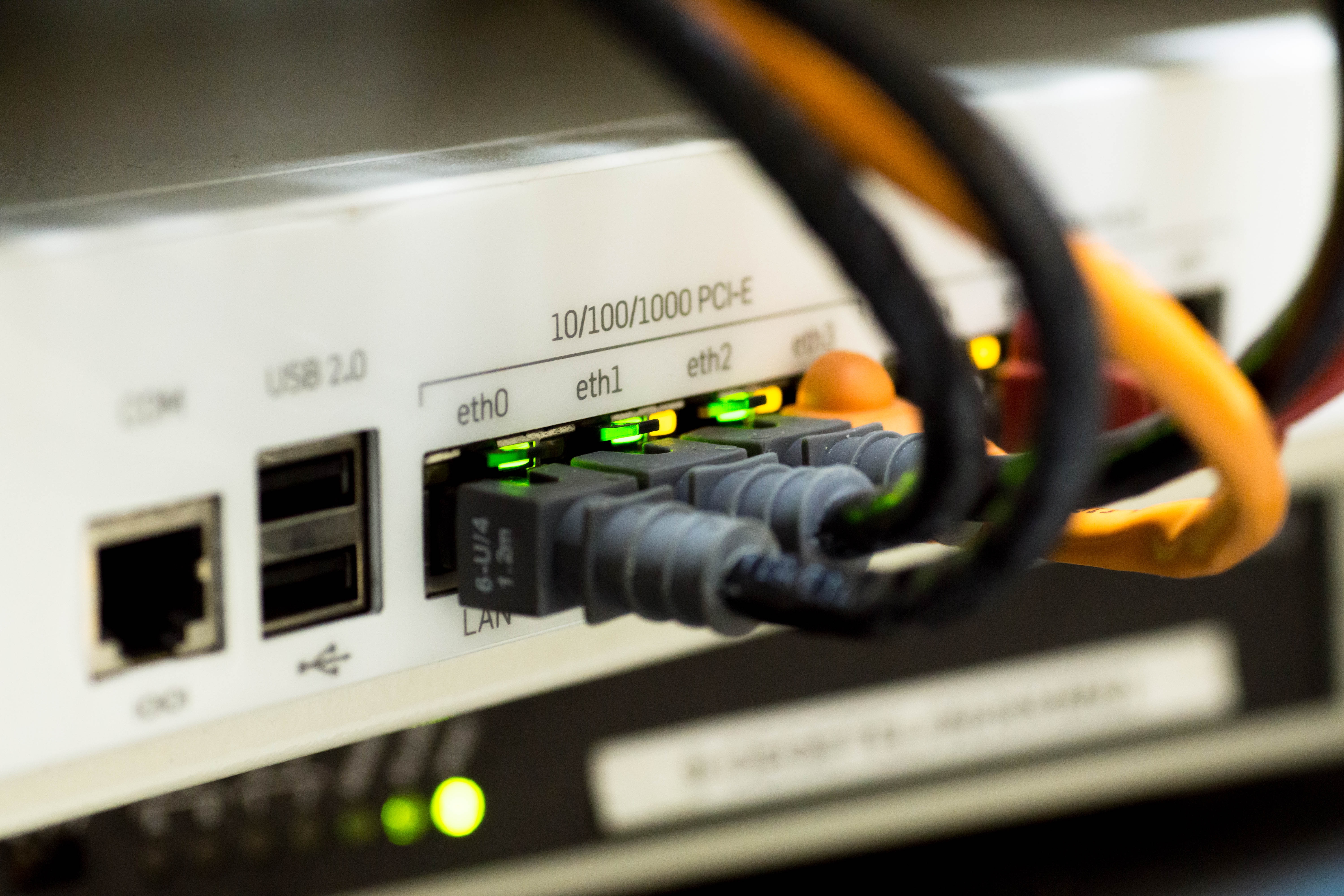Internet speeds in Australia are a contentious issue - the subject of many a debate. With the rollout of the NBN bringing the Internet backbone into focus, the conversation about Internet speeds seems to be growing. Yet despite the investment of in Internet technology, the newest State of the Internet report released at the end of 2016 has brought this issue to a head showing we are now in 60th place for internet speed meaning 1/4 of the world has faster internet than we do.
In Australia, the types of internet available are ADSL/2/2+; Cable or HFC; Fibre or NBN; or 3G or 4G Fixed Wireless Broadband. Where you live will depend on what you can get. Fibre is the fastest and most reliable (capable of speeds of up to 1Gbps); though not available everywhere.
The interesting fact here however is Australia’s Internet has actually gotten faster. Average Peak Connection speed was 30.1 mbps. Now it sits around 39 mbps. However the average connection speed - the average of connection speeds from each IP address in Australia - is around 9.6 mbps. Both these numbers are what give us our 60th place ranking.
Given this speed of 9.6 mbps, we are well and truly below the broadband threshold. To be considered a broadband nation, the threshold is at least 25 mbps.
Internet related complaints are at a five-year high with more than 112,000 complaints lodged between July 2015 and June 2016. This means complaints have increased by 48%. NBN complaints are making up 12% overall.
Although our Internet speeds have been improving, average speeds elsewhere in the world have increased at a much faster rate. This means that users in other countries and particularly emerging economies are getting connected more quickly. Given the delays in the NBN rollout and the rollout of the slower Fibre to the node rather than the faster Fibre to the premises technology, it’s easy to see why our relative Internet speed is dropping.
When it comes to the NBN which is the main service ISP's offer now, the main tiers they provide are 12Mbps, 25Mbps or the significantly more expensive 100Mbps. Experts have stated many opinions on this issue, though perhaps the more interesting one appears to be this; If a customer doesn't connect at a higher tier, then they pay less which in turn causes less revenue causing Australia to fall further behind showing this issue is cyclical. While it may seem that the easy fix would be for everyone to connect at the highest speed (ie the most expensive), there are many reasons customers won't including the high cost as well as hesitation about what promised speed is vs what speed they will actually get
Undoubtedly, the debate will continue on for a long time to come. But for the time being, it seems our 9Mbps will have to do for many Australians.
Why is the discussion on Internet speeds so important? Because in today’s "connected" world, access to the Internet is vital to ensure a business can operate effectively. With more and more businesses operating their systems in the cloud, limited Internet access can be the cause of significant delays and frustration in day-to-day activities.
Yet even at our office (less than 1km from the Melbourne CBD) we are unable to connect to the NBN until 2018! We looked to alternate connections - microwave technology, enabling us to connect up to 600Mpbs to ensure that we can work online without interruption. At DCODE GROUP, we spend our days online - working on both our own and our client’s online solutions. As such, Internet is crucial to our business so this alternative solution was ideal
We’re interested to hear - how does your Internet connection stack up and how does being “connected” help you to complete your day-to-day operations? If you're not sure what you're speed actually is, check out SpeedTest where you can find out. Share your feedback in the comments below..
--
Get updates, tips and industry news delivered directly to you





